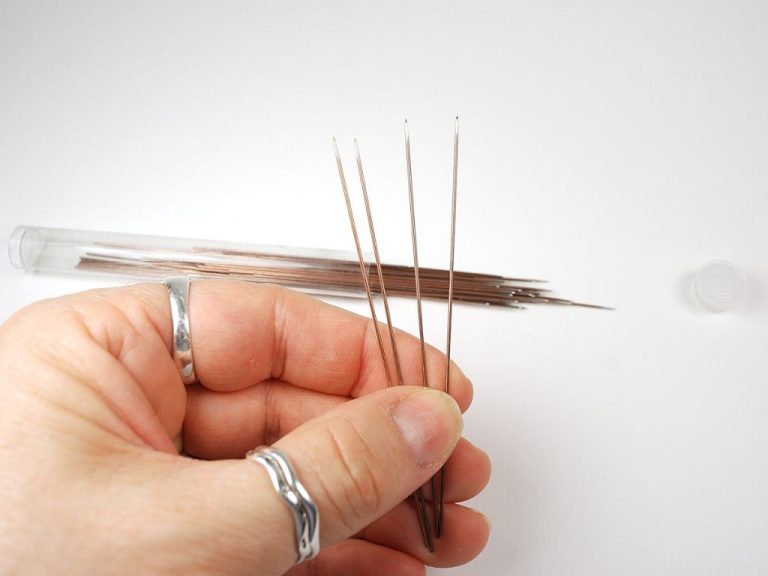How Do You Make An Elephant Out Of Clay For Kids?
Making animals out of clay is a fun art project for kids that allows their creativity and learning to shine. Molding and sculpting an elephant or other animal out of clay allows children to explore their artistic side and gain valuable skills. The process of shaping the clay to form the animal teaches fine motor control, while learning the basic shape and unique features of the animal introduces kids to art concepts and nature. Completing an animal clay sculpture also builds a sense of achievement and pride. With just some clay and a few simple tools, children can create their own miniature zoo of clay critters.
Supplies Needed
To make an elephant sculpture out of clay, you will need the following supplies:
- Air dry clay – Purchase air dry clay at your local craft store. Look for clay that sets up in a day or two. Choose a clay brand with vibrant colors or opt for white clay you can paint later.
- Clay sculpting tools – Clay sculpting tools help shape the clay and add textures and patterns. Look for sculpting tools in a variety of shapes like rounded tips, flat edges, and toothbrush-like bristles.
- Rolling pin – A basic rolling pin allows you to roll out the clay into flat sheets needed to construct the elephant’s body.
- Tempera paint – Once the elephant is formed and dried, use tempera paint in gray, pink, black, and other colors to paint the elephant.
- Paintbrushes – Paintbrushes in different sizes allow you to both fill in large areas and add smaller details.
Make the Basic Shape
The first step in making a clay elephant is to create the basic body shape. Start by taking a large lump of clay and rolling it into a rounded cylinder shape for the body. Make this the largest clay piece, as the body needs to be big enough to attach the head, legs, and trunk.
Next, take four smaller balls of clay in various sizes and roll them into cylinder or cone shapes for the legs. Make sure they are thick and sturdy enough to support the body. You can make front legs slightly bigger than the hind legs.
For the head, roll another ball of clay into an oval or inverted teardrop shape. Flatten it a bit on the bottom so it can attach to the body. The head should be roughly one third the size of the body.
Finally, take a thinner snake of clay and shape it into the trunk, curving it into an S-shape. Make it long enough to attach to the front of the head later.
Once you have all the basic body parts shaped, set them aside and prepare to assemble your elephant.
Attach the Parts
One of the fun aspects of sculpting an elephant out of clay is assembling all the different parts together. As the various parts are shaped individually, they will need to be attached to form the full elephant.
Use slip to attach the parts together. Slip is a mixture of water and clay that acts as a “glue” for clay. Take a small bit of clay and mix it with some water to make a loose, liquidy mixture. Apply the slip generously to the areas where parts will be joined.
While the slip is still wet, press the parts firmly together. The slip will dry and adhere the sections. Let the attachments dry slightly before moving on to adding more parts. This ensures the pieces will stay together when handled.
Continue attaching the head, trunk, legs, ears, and tail in this manner until the full elephant is assembled. Using slip allows you to solidly join the clay parts together into one cohesive sculpture.
Shape the Details
Once the basic elephant shape is formed, it’s time to shape the details that bring it to life. Use various tools to indent the legs, giving them a natural bend. Shape the large ears, making them floppy. Extend the nose into a trunk shape. Roll two small balls of clay for tusks and attach them to each side of the trunk. Finally, roll a small ball into a tapered snake shape for the tail and attach it at the back.
Take your time sculpting each of these details. The trunk, ears, tusks and tail are what really give your elephant its character. Focus on shaping them in a realistic way based on reference photos. Use metal sculpting tools to refine the shapes and indent the texture of the skin. Wrinkle the trunk and ears using the dull side of the tool.
Let Air Dry
After shaping all of the clay pieces for your elephant sculpture, it’s important to let the clay air dry completely before moving to the next steps. Clay drying time can vary quite a bit depending on the specific type and brand of clay you are using. Be sure to check the packaging or instruction sheet that came with your clay. Most clays will take at least 24 hours to fully air dry.
Find a safe place where your clay elephant sculpture can sit undisturbed while it dries. Avoid locations that are dusty or exposed to direct sunlight. Extreme heat can cause the clay to crack and direct sunlight can fade painted details. Setting the sculpture on a flat surface covered with parchment paper or wax paper works well. Make sure the clay pieces are arranged with space between them so air can properly circulate.
Check on the clay periodically as it dries. Look for cracks or soft spots that may need additional smoothing or reinforcement. Resist the temptation to move or handle the pieces too much before they have fully hardened. Proper drying is an important step for having durable clay artwork that lasts.
Smooth and Refine
Once your elephant sculpture has completely dried, it’s time to give it a final smoothing and refining. Using fine sandpaper, very lightly smooth over any fingerprints, smudges, or imperfections in the clay. You want to retain all of the details and texture you created while shaping it, so use a gentle touch. Just softly sand to blend and even out the surface. Pay close attention to the head, trunk, ears, legs and other detailed areas to ensure they are refined. You can also use a damp sponge or cloth to gently buff and polish the sculpture if needed. Take your time perfecting the finish at this step so your elephant looks its best before painting.
Paint
Once your clay elephant has dried completely, it’s time to paint it. Tempera paints work great for painting clay sculptures. Tempera paints are water-soluble and easy for kids to use. Make sure to have an array of basic colors on hand like white, grey, brown, black, red, blue, green and pink.
Let your child paint the elephant however they’d like. Encourage them to paint different patterns or designs onto the elephant. Add dots, stripes, patches or whatever they can dream up! Once the paint has fully dried, the elephant is ready for finishing touches.
Add Details
Adding small details and accents is an important step for bringing your elephant sculpture to life. Here are some creative ways to add realistic features:
Use markers or acrylic paint to add eyes, nostrils, mouth, and toenails. Go for big, friendly oval-shaped eyes. Add some eyelashes coming off the top eyelid for a cute touch. For the mouth, paint a smile or open mouth to show the elephant’s teeth. Paint large, rounded toenails on the ends of each foot.
Consider using puffy paint to give the eyes more dimension. Let the puffy paint dry fully before continuing.
Add some texture to the elephant’s skin by taking a toothpick and drawing patterns into the clay. Look at reference photos of elephant skin for ideas.
Use a sculpting tool, toothpick, or pencil tip to indent the ears, wrinkles, folds, tails, and other areas that need texture.
Paint or glue tiny decorative elements for ornamentation, like beads for eyes, a tassle for the tail, or gold speckles on the tusks or head.
Get creative with colors, patterns, jewelry, fabric scraps, or anything you think would look fun. The details are what makes your elephant unique.
Display the Finished Elephant Sculpture
Now that your clay elephant sculpture is complete, it’s time to proudly show it off! Find a special spot to display your creation – maybe a bookshelf, your desk, or the mantel. Position the elephant sculpture so others can admire it from all angles.
Displaying your handmade clay elephant is a great way to appreciate the hard work and creativity that went into making it. Place it somewhere you’ll see it often to remind yourself of the fun experience and sense of accomplishment.
Let friends and family know your clay elephant is on display so they can come take a look! Seeing their reactions and excitement is rewarding after crafting something with your own two hands.
You can change up the display location now and then. Rotating where the elephant sculpture sits keeps it fresh and interesting. Wherever you showcase your clay elephant, do it proudly knowing you made something unique through imagination and skill.


